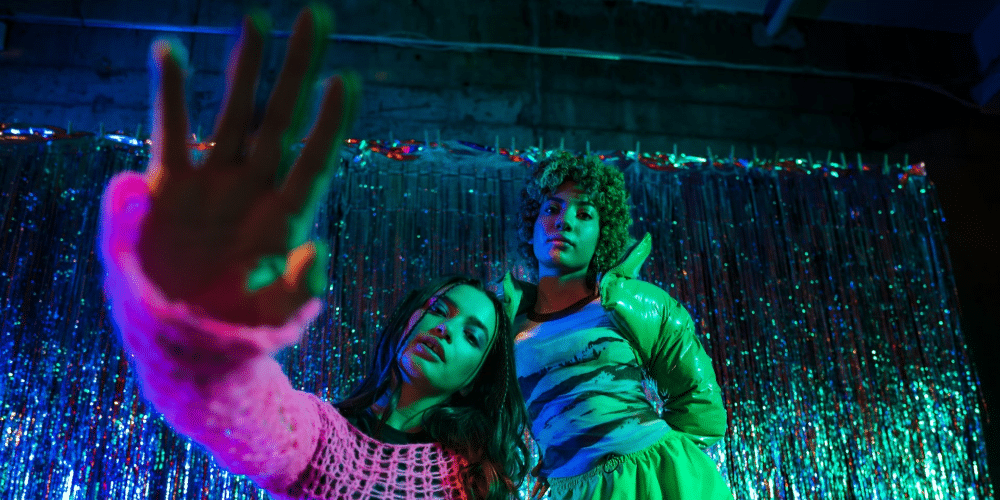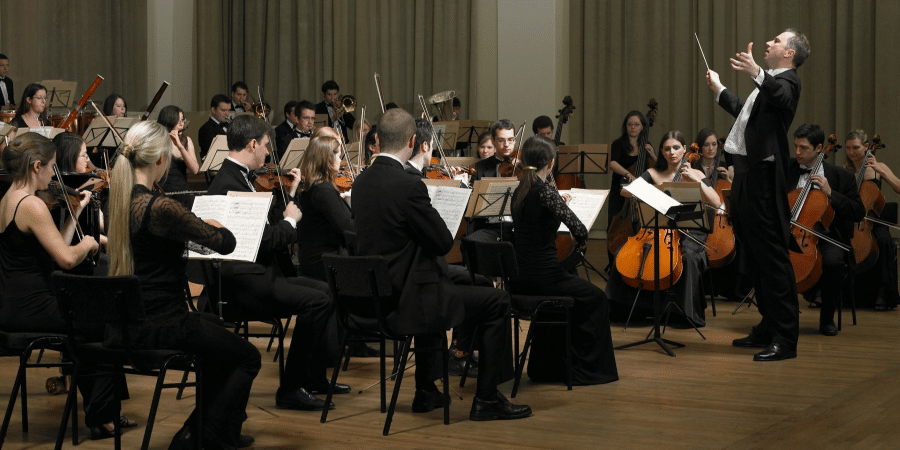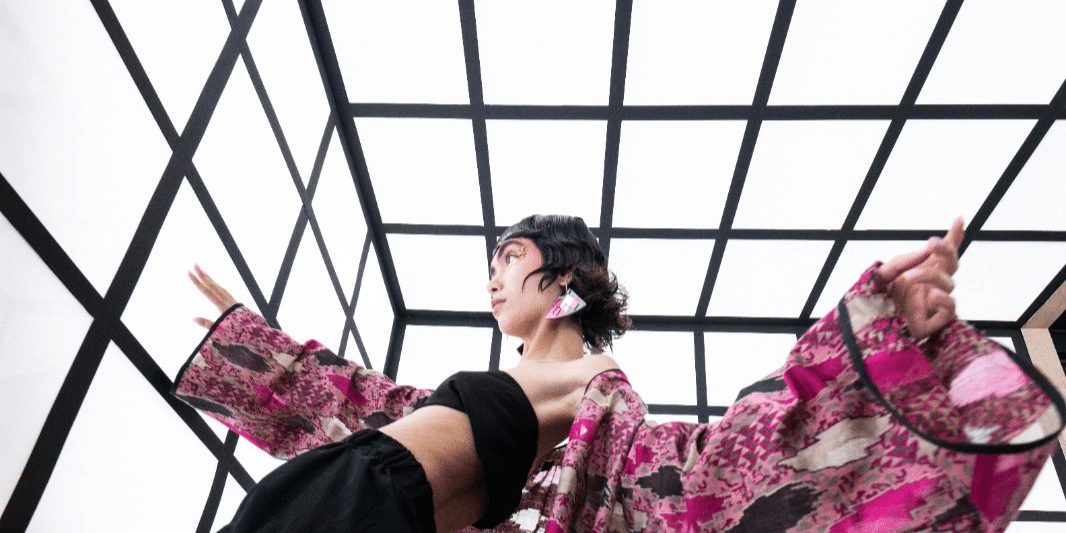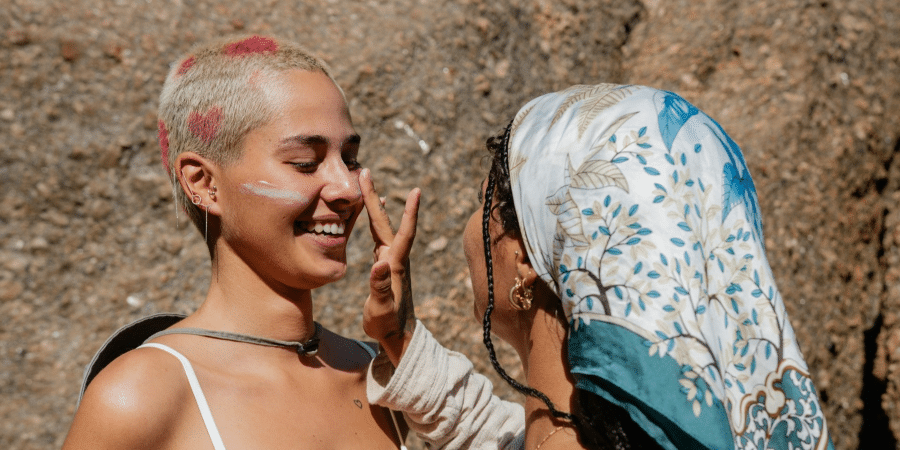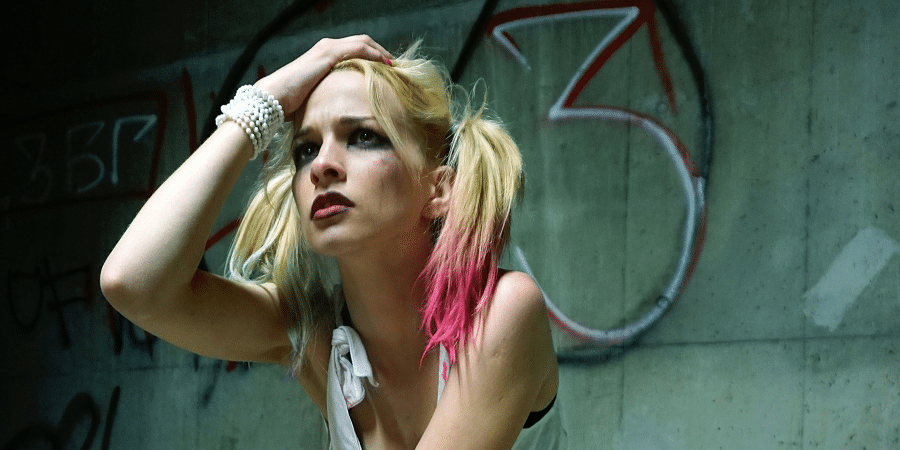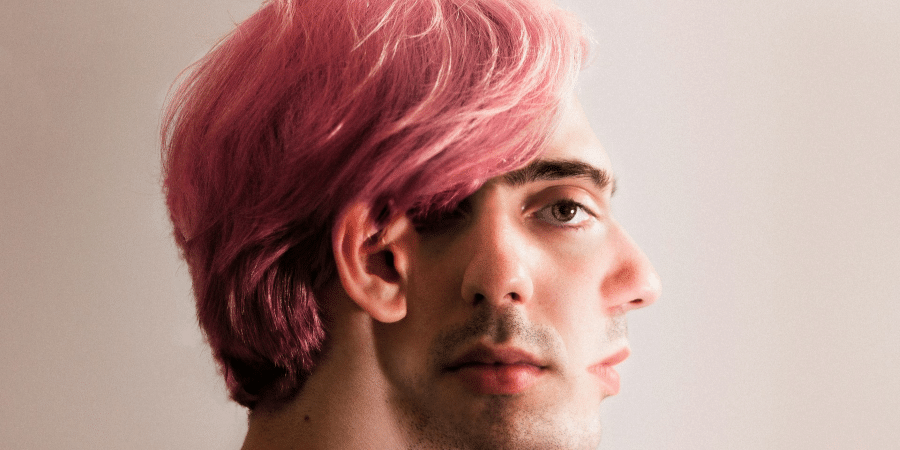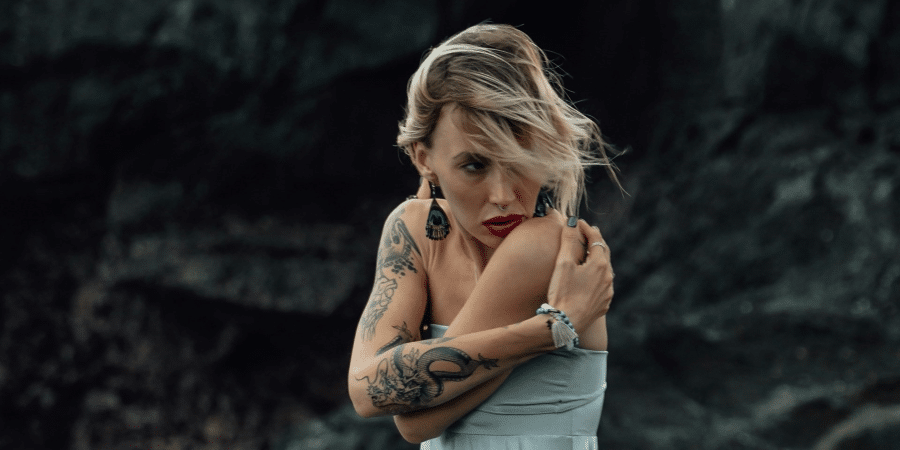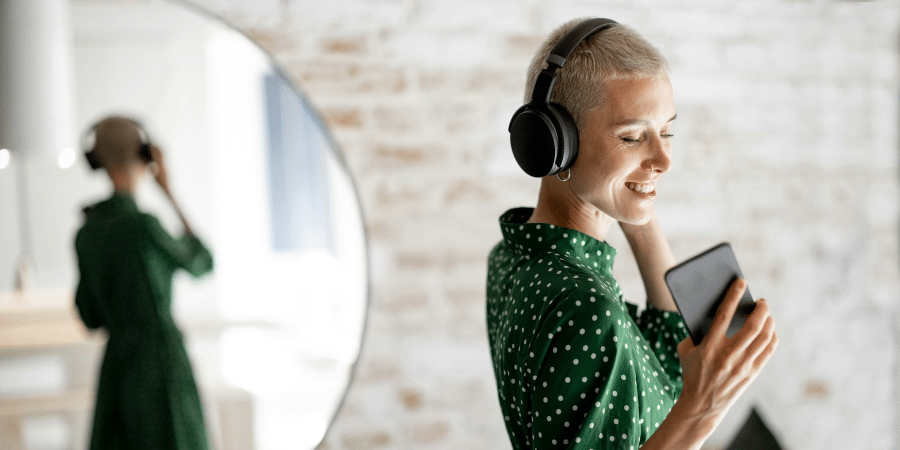From Detention to Decade-Defining Hits: How High School Inspires Artists
High school. A crucible of teenage angst, awkward social interactions, and the constant pressure to find your place in the world. While most adults look back on those years with a mix of nostalgia and cringe, for some artists, high school becomes a wellspring of inspiration, a chaotic playground that fuels their creative fire.
Teenage Turmoil in High School: Fuel for Artistic Expression
The sheer intensity of emotions experienced during high school – the first heartbreaks, the exhilarating rush of rebellion, the search for identity – provides fertile ground for artistic exploration. Musicians like Taylor Swift and Olivia Rodrigo have built careers on capturing the universal anxieties and elations of adolescence. Swift’s early albums chronicled the awkwardness of teenage crushes and the sting of rejection, resonating deeply with millions of teenagers navigating the same emotional rollercoaster.
An article in Rolling Stone Magazine, “How Taylor Swift Turned High School Drama into Pop Gold,” November 2021 highlights this, stating, “Swift’s ability to tap into the universal experiences of teenage life is a key part of her enduring appeal.” Similarly, Olivia Rodrigo’s breakout hit “drivers license” became an anthem for heartbroken teens, its raw vulnerability striking a chord with a generation grappling with similar experiences.
Beyond music, visual artists also draw inspiration from the complexities of high school life. The work of artists like Andy Warhol and Kara Walker often explores themes of social hierarchy, cliques, and the pressure to conform that permeates teenage years. Warhol’s iconic pop art portraits, with their flattened perspectives and bold colors, can be seen as a reflection of the superficiality and manufactured identity that high school can sometimes cultivate.
A recent exhibition at the Museum of Modern Art, “Warhol’s High School Heroes,” Spring 2024 explored this connection, showcasing how Warhol’s fascination with celebrities stemmed from his own experiences navigating social circles in high school. Likewise, Kara Walker’s powerful silhouettes grapple with issues of race, power dynamics, and the search for belonging, themes that resonate deeply with anyone who has ever felt like an outsider in the high school social jungle.
More Than Just Drama: A Celebration of Youthful Energy
High school isn’t just about angst and insecurity; it’s also a time of boundless energy, exploration, and the forging of lifelong friendships. This youthful exuberance finds its way into the work of artists like Kehinde Wiley and Jean-Michel Basquiat. Wiley’s vibrant portraits, often featuring young black men in regal poses, celebrate the beauty and resilience of black youth, a sentiment often overlooked in mainstream narratives.
A curator at the Art Institute of Chicago, “Kings and Queens: The Majesty of Kehinde Wiley,” February 2023 explained, “Wiley’s work challenges traditional portrayals of power and royalty, instead using high school students as his subjects to celebrate the inherent dignity and potential of young people.” Similarly, Basquiat’s graffiti-inspired paintings pulsate with raw energy and a rebellious spirit, capturing the unbridled creativity and sense of possibility that defines youth.
High school, for all its awkwardness and drama, can be a potent source of artistic inspiration. From the raw emotions of teenage love and loss to the celebration of youthful energy and the search for identity, artists across various mediums tap into this unique period of life to create works that resonate with audiences of all ages. So, the next time you hear a song that perfectly captures the bittersweet ache of a first crush, or see a painting that evokes the chaotic energy of a high school hallway, remember – behind that artistic expression might just be a story about detention, cafeteria lunches, and the unforgettable experiences that shaped a creative mind.

